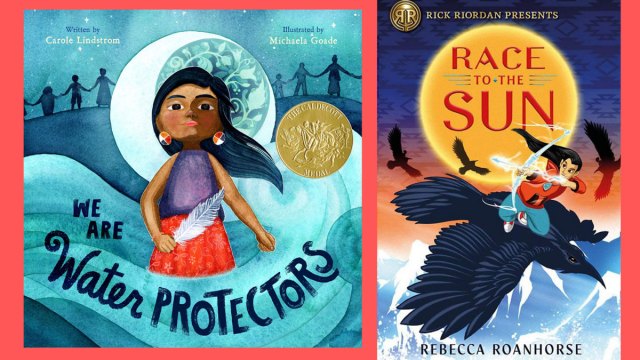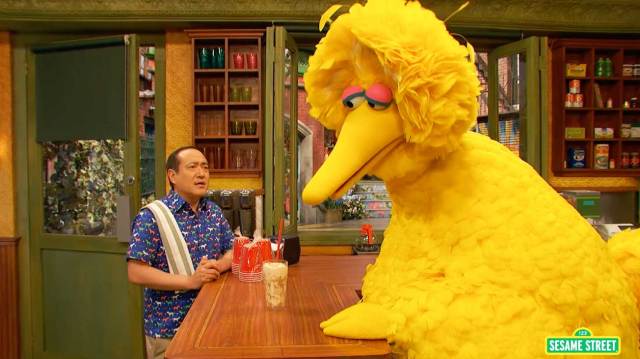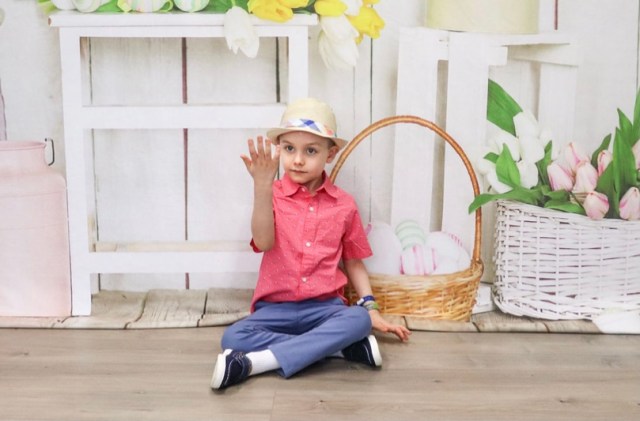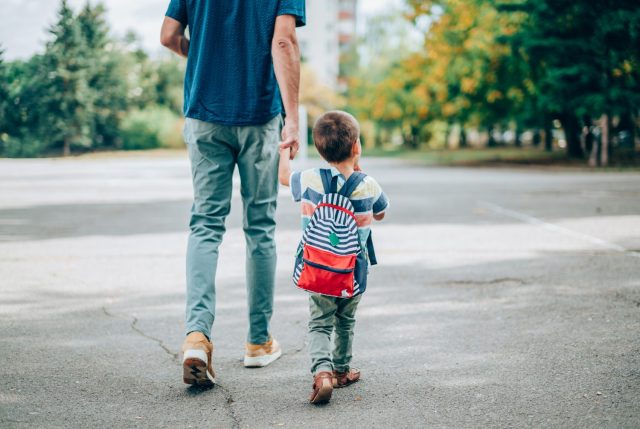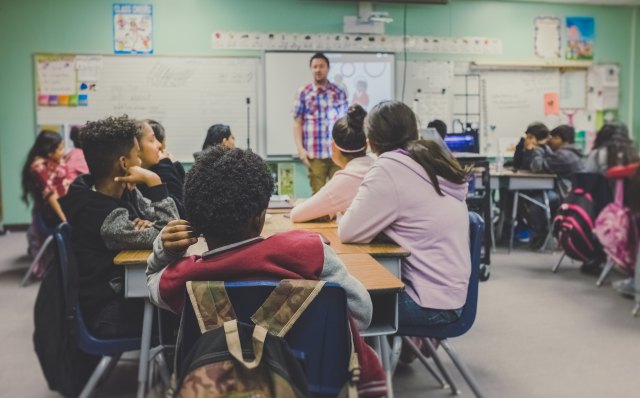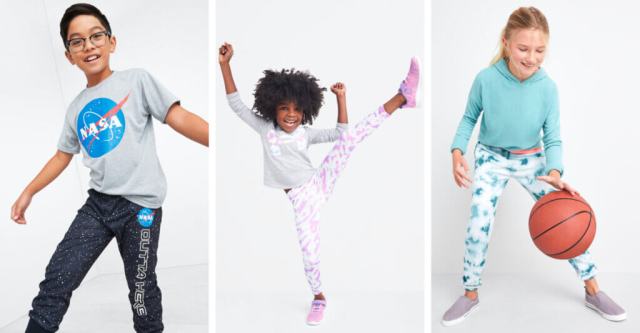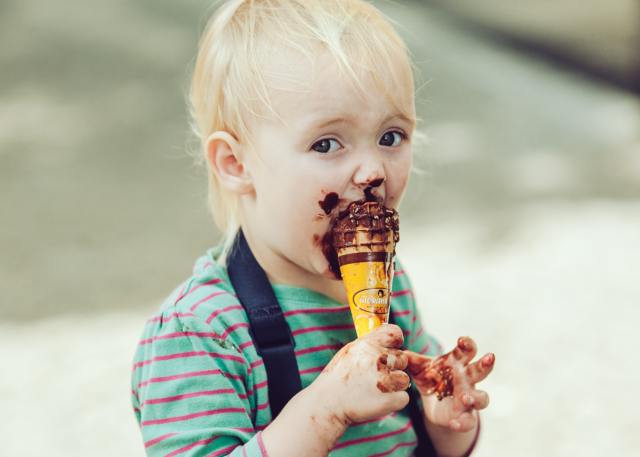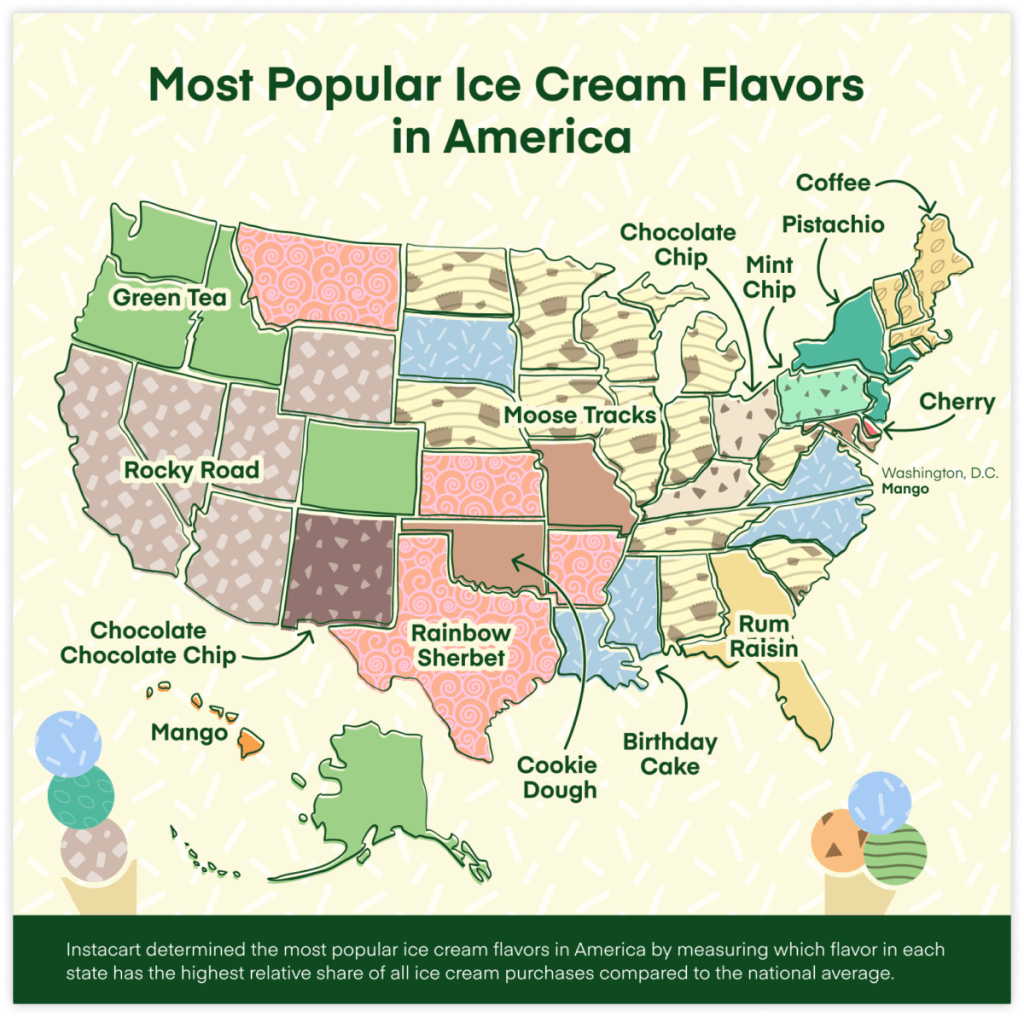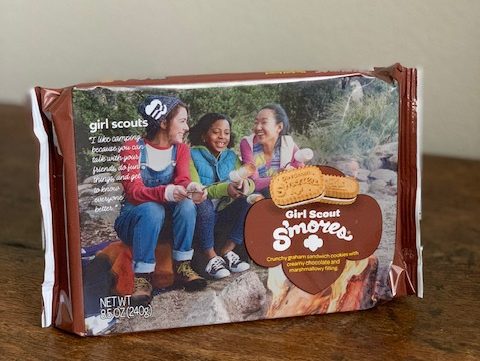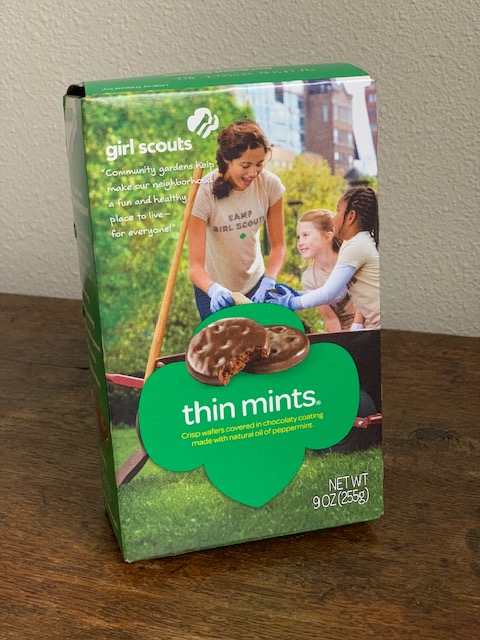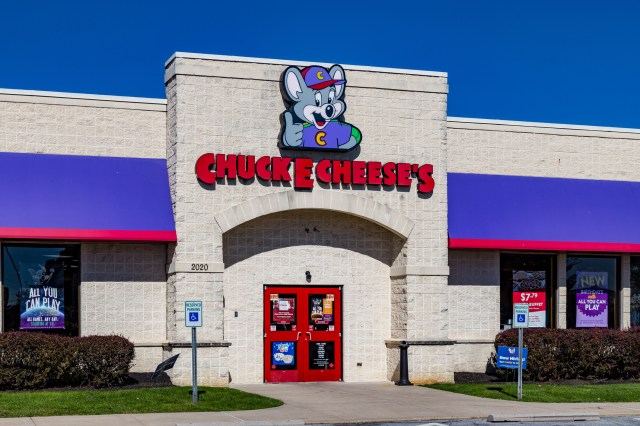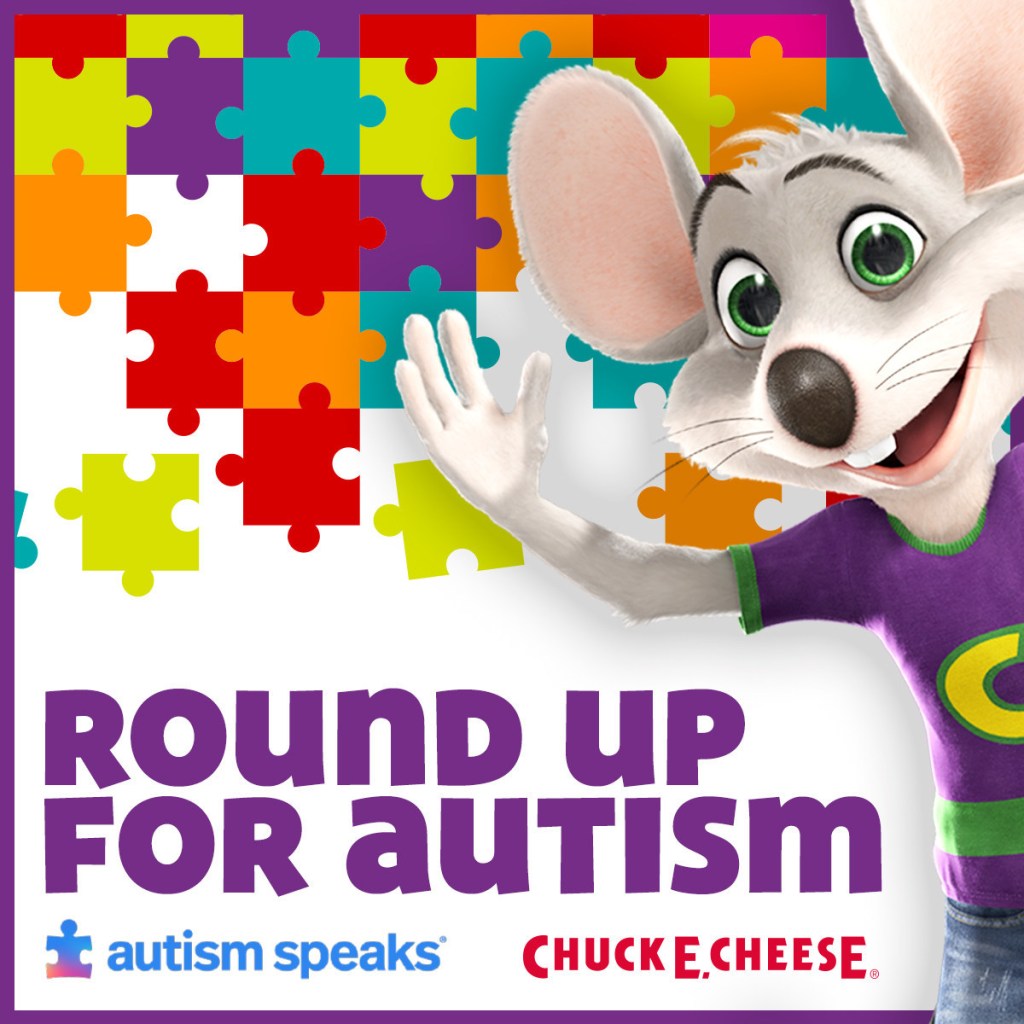Every child’s bookshelf (and every U.S. library) should have a book collection that represents the beauty and diversity of the United States.
Celebrating Native American culture has frequently been overlooked in children’s literature—especially stories that are told from an indigenous point of view. The good news is, that’s been changing over the last few years and today we find more Native American artists able to tell the stories they want to tell. From board books for babies to chapter books, these Native American children’s books tell new tales, reimagine traditional stories, and honor the modern presence and importance of our nation’s first peoples. Be sure to share these 14 indigenous heroes with your kids in honor of Indigenous Peoples Day, too.
My Heart Fills with Happiness
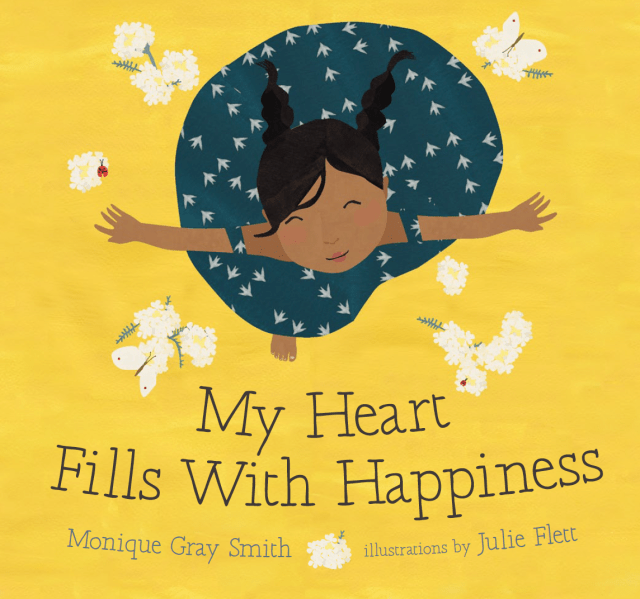
Reflect on the joy of little things, like holding hands, drumming, and the smell of warm bannock baking in the oven as you turn the pages of this brightly illustrated board book with your child. A gorgeous vehicle for an oft-needed reminder! Written by international speaker and award-winning author Monique Gray Smith who wrote this book to support the wellness of Indigenous children and families, it is also available in French, Spanish, Ojibwe, and Cree. Illustrated by celebrated artist Julie Flett. Ages: 0-2
Buy a copy here, $13
Sweetest Kulu
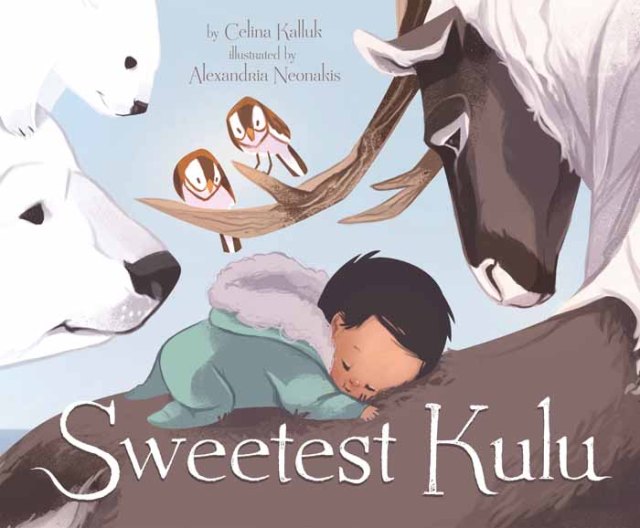
Lull your Little into dreamland with Celina Kalluk’s sweet sleepy-time poem that celebrates Inuit baby Kulu’s arrival. And what a guest list it was! The Smiling Sun, Wise Wind, and Snow Bunting are just a few who arrive on the scene in this board book, ready to bestow gifts and well wishes on this precious newborn. Illustrated by Alexandria Neonakis. Ages: 0-2
Buy yours now, $10
The Good Luck Cat
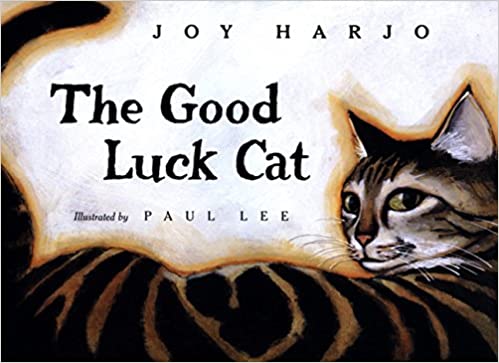
Have you ever met a cat that gives you good luck when you pet it? Woogie is that type of cat until the good luck runs out. This modern Native American story is written by Joy Harjom, a member of the Muscogee (Creek) Nation.
Buy yours now, $11
We Are Water Protectors
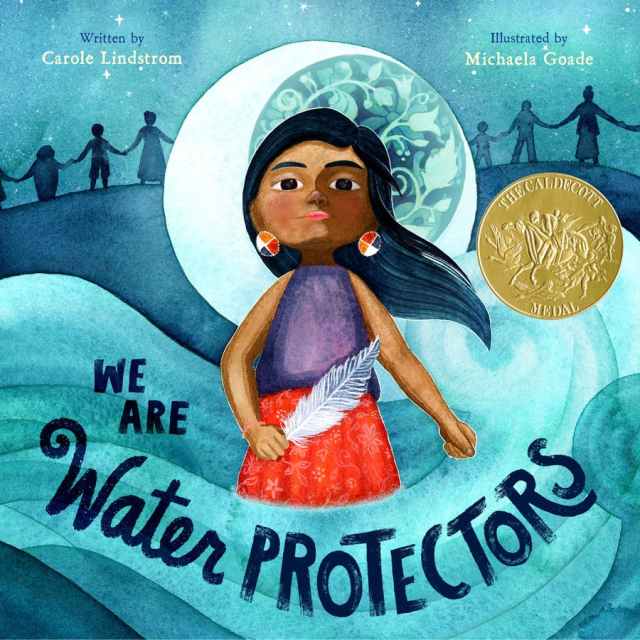
Winner of the 2021 Caldecott Medal and a #1 New York Times Bestseller, this powerful story is a call to arms to protect the Earth, the plants, the trees, the rivers, and the water from pollution and—more specifically—the Black Snake. The Black Snake, the pipeline, is a danger to the lifeblood of the Earth. It will poison the water and all of its creatures. Learn how to be a water protector with a glossary of terms and more info, followed by the powerful pledge: take it with your children—to be a steward of the Earth and its creatures and a protector of water.
The publisher even offers an online activity kit for children and classrooms. Written by Anishinabe/Métis author and member of the Turtle Mountain Band of Ojibwe Indians, Carole Lindstrom with illustrations by Caldecott-medal-winning illustrator Michaela Goade, from the Raven moiety and Kiks.ádi Clan from Sitka, Alaska. Ages: 3-6 but frankly, we think everyone should take this pledge.
Get your copy today, $13
Related: 14 Indigenous Heroes Every Kid Should Know By Name
Bowwow Powwow
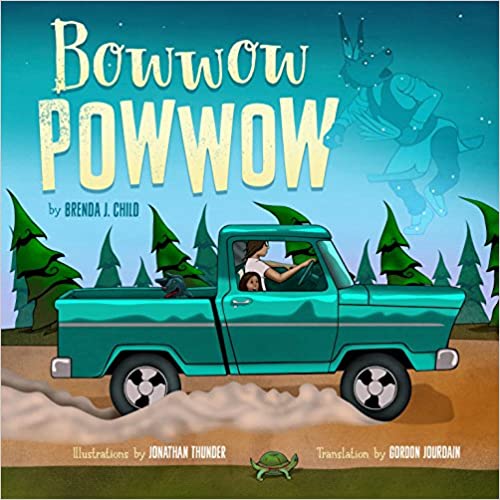
Told in both English and Ojibwe, the story of Windy Girl and her dog, Itchy Boy who love the stories of Uncle about the gatherings from his boyhood, and how Windy Girl and Itchy Boy love to attend the pow wow too. She loves the food, the dance, and the long nights of laughter. One night, Windy dreams about a very special powwow—with the elders, warriors, the many dancers...when she wakes she begins to understand that the powwow is both old and new, past and present, always moving, like the dancers. Written by Brenda Child, with the Ojibwe translation by Gordon Jourdain and illustrations by Jonathan Thunder. Ages: 3-7
Find a copy here, $18
Shaped By Her Hands: Potter Maria Martinez
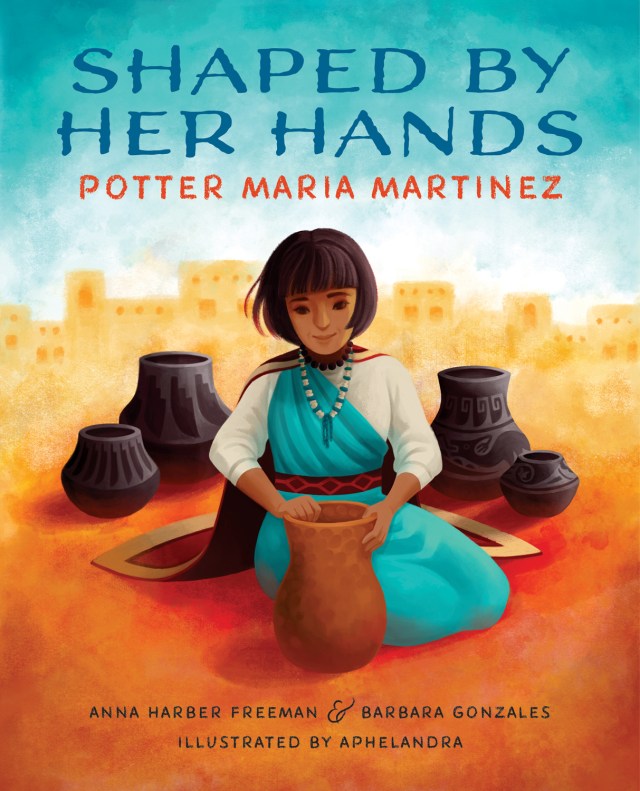
This is the story of one of the greatest potters of all time—a Tewa woman who used her talents and traditions to create pottery that has become world-renowned. Born around 1887, in San Ildefonso Pueblo, near Santa Fe, New Mexico, Maria loved to play with clay, gathered from the Rio Grande. By observing the traditions of the potters around her in the Tewa Pueblo, Maria’s heavy interest is fostered by her Aunt Nicolasa, who begins to show Maria the methods and traditions of Tewa pottery: mixing the clay, coiling it, baking it, and always thanking Mother Earth for the gift of the clay.
As her interests grew, so did her reputation as one of the finest young potters around, and she even discovers a new firing method that is now legendary. Written by clay artist Anna Harber Freeman and illustrated by artist Aphelandra who captures the landscape of the Southwest in vibrant images reminiscent of the pottery itself. A true celebration of indigenous and women’s history. Ages: 4-9
Get a copy now, $17
Fry Bread: A Native American Family Story
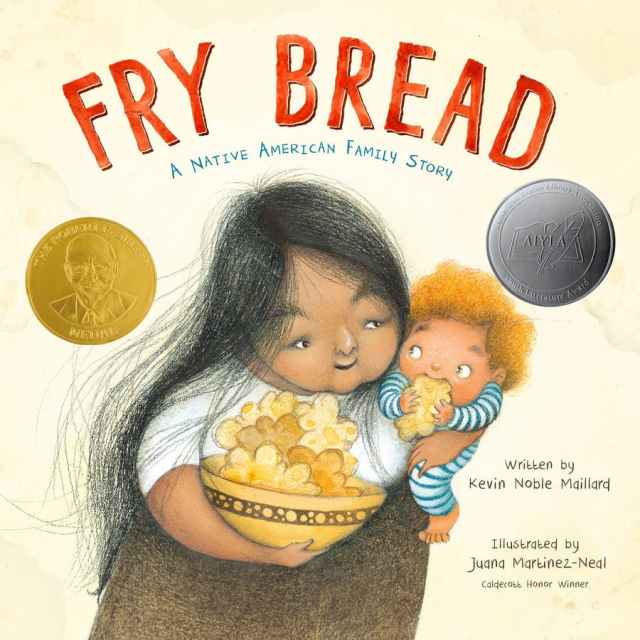
Winner of the 2020 Robert F. Sibert Informational Book Medal and a 2020 American Indian Youth Literature Picture Book Honor Winner, this book lyrically tells the story of making fry bread—from ingredients to mealtime—as a sensory experience, weaving together the importance of the smells, sounds, and moments that fry bread represents.
“Fry bread is nation. It is shared by many, from coast to coast and beyond.”
Sweet and powerful all at once, this simple bread is a poetic testimony to the strength of culture, survival, and nourishment. Written by Kevin Noble Millard, a member of the Seminole Nation, Mekusukey band, and illustrated by Juana Martinez-Neal. Ages: 3-6
Get a copy today, $12
Be Brave, Be Brave, Be Brave
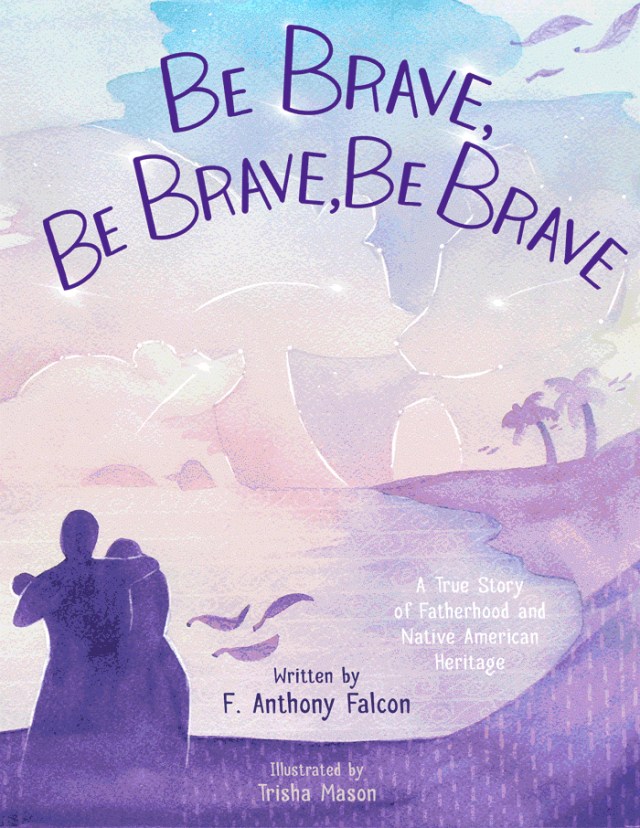
Author F. Anthony Falcon had these thoughts when he first held his son: "Be brave, be brave, be brave." He and his wife were in the middle of Hurricane Harvey's landfall in Corpus Cristi Texas when she went into labor. This book, a meditation on what it means to be brave, is also the author's reconnection with his Lakota roots. It is both the story of little Lakota's perilous arrival into the world as it is about Falcon describing what it is to be a Native American man today. Beautifully illustrated by Trisha Mason. Ages: 3-7
Hungry Johnny
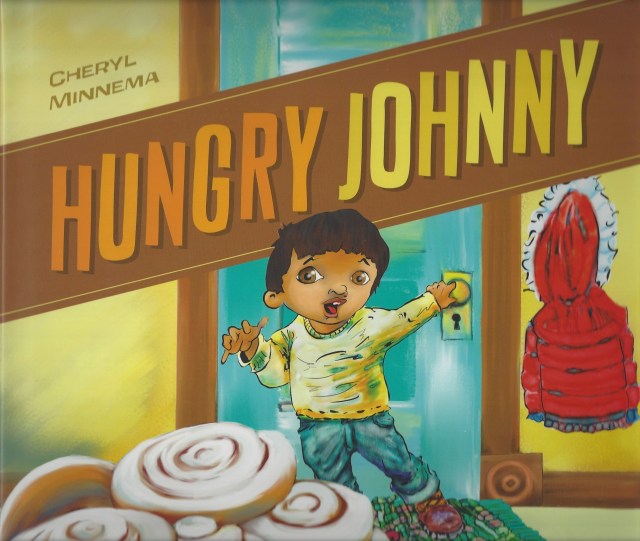
Written by Cheryl Kay Minnema and illustrated by Welsey Ballinger, both members of the Mille Lacs Band, you'll love this story about a little guy everyone calls Hungry Johnny. And you guessed it, he loves to eat! Wild rice, fruit salad, sweet rolls—he looks forward to eating it all. After the food is prepared, Johnny and his family make their way to the community center, where he eagerly awaits the feast. But first, there’s the Ojibwe prayer. And next, the elders eat first. Johnny learns patience and respect as he awaits his turn at the table. (Spoiler alert: there’s plenty left for Johnny!). Ages: 3-7
Get your copy here, $18
Related: 30 Kids’ Books That Feature Diverse Characters
Crazy Horse's Vision
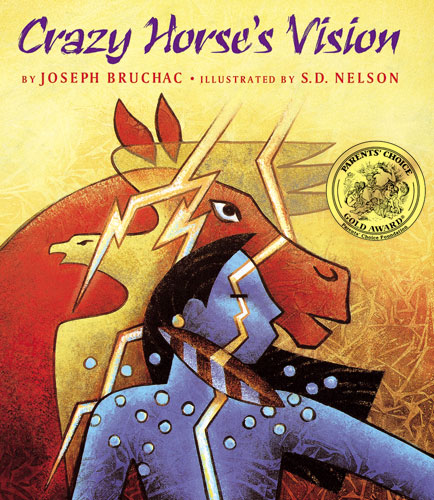
You may know the name Crazy Horse, the legendary Lakota warrior and chief, but do you know how he got this name? Or what he was like as a little boy? His nickname was Curly, because of his curly hair, and he once bravely rode a wild horse his father brought home. Though Curly’s childhood is good, it doesn’t take long before the white settlers and soldiers begin to take Lakota land.
When white soldiers mortally wound Chief Conquering Bear, Curly bears witness to this attack. Fearful of the future for his people, he breaks from tradition and leaves to seek a vision: he sees a rider on the back of his own horse, floating above the ground. And this rider went through a storm of bullets and hail, nothing touched him. This is the Lakota story of how Crazy Horse got his name and used his vision to lead his people. Co-authored by award-winning Abenaki children’s book author, poet, novelist, and storyteller Joseph Bruchac and illustrated by Lakota artist S.D. Nelson. Ages: 6-9
Find your copy today, $12
Crossing Bok Chitto: A Choctaw Tale of Friendship & Freedom
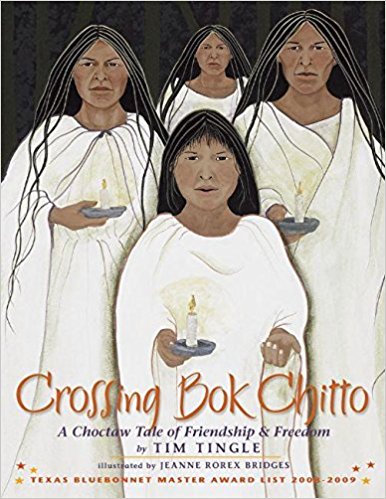
First published in 2008, Crossing Bok Chitto received starred reviews and numerous awards, including being named ALA Notable Children’s Book and winning a Jane Addams Honor Book award. An original story about the intersection of Native and African Americans received starred tells the story of a young Choctaw girl who crosses the Bock Chittor River in Mississippi and helps a young enslaved person and his family escape slavery via the river. Choctaw storyteller Tim Tingle’s artful words are accompanied by Jeanne Rorex Bridges’ art. Ages: 7-13
Get a copy here, $9
Race to the Sun
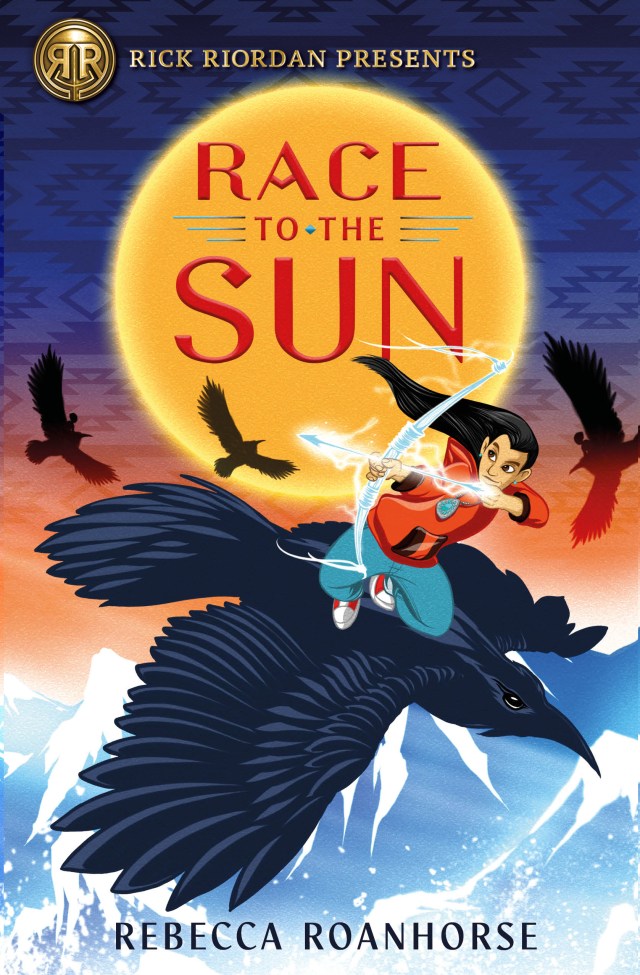
One of the newest books in the “Rick Riordan Presents” series (which graced us with such home runs as Tristan Strong and Aru Shah) Nebula- and Hugo-award winning, Indigenous/Black author Rebecca Roanhorse brings the epic adventures of a young Navajo girl, Nizhoni Begay, who turns out to be a monster slayer. Learn about famous heroes and monsters of the Navajo as your route for Nizhoni, her twin brother Mac, and her best friend Davery, in this page-turning novel for middle-grade readers that does not disappoint. Ages: 8-12
How I Became a Ghost—A Choctaw Trail of Tears Story (Book 1)
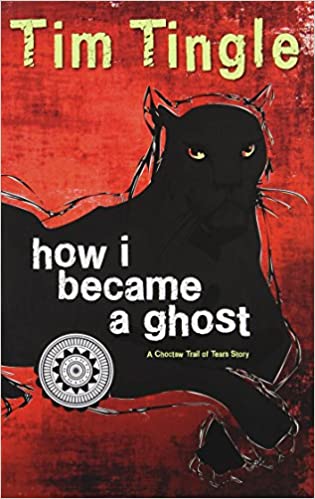
This is the story of a tribe’s removal from the only land they’d ever known and subsequent journey to Oklahoma along what is known as The Trail of Tears, told from the point of view of the ghost of a Choctaw boy. At first, we learn about Isaac, who is 10, and his life among the Choctaw. Soon, however, tragedy comes, and Isaac, as was true of so many children who were forced to walk it, does not survive the Trail of Tears. Perhaps for the first time, the travesty of the Trail of Tears and removal of the Choctaw is told in print for children from a uniquely Choctaw perspective—it is both heartwrenching and utterly necessary.
And yet, it is a story of resilience and innocence respite with lovable characters, including a five-year-old ghost and a talking dog, as Isaac has the ability to help those left behind. Written by Tim Tingle, an Oklahoma Choctaw and an award-winning author and storyteller, whose great-great-grandfather, John Carnes, walked the Trail of Tears in 1835. Ages: 9-12
Get yours here, $9
